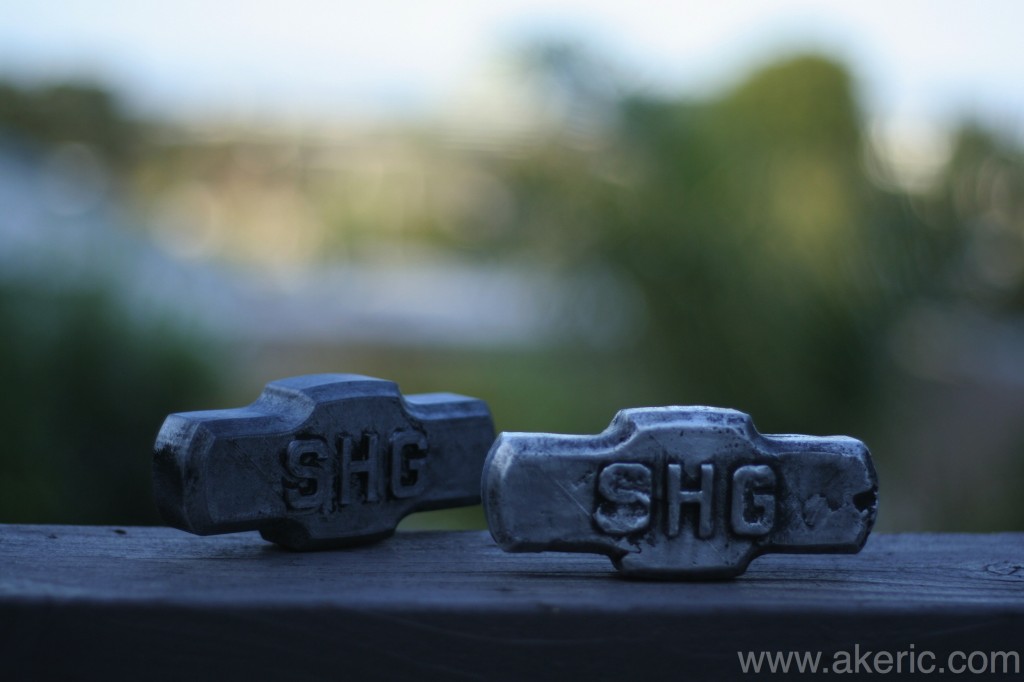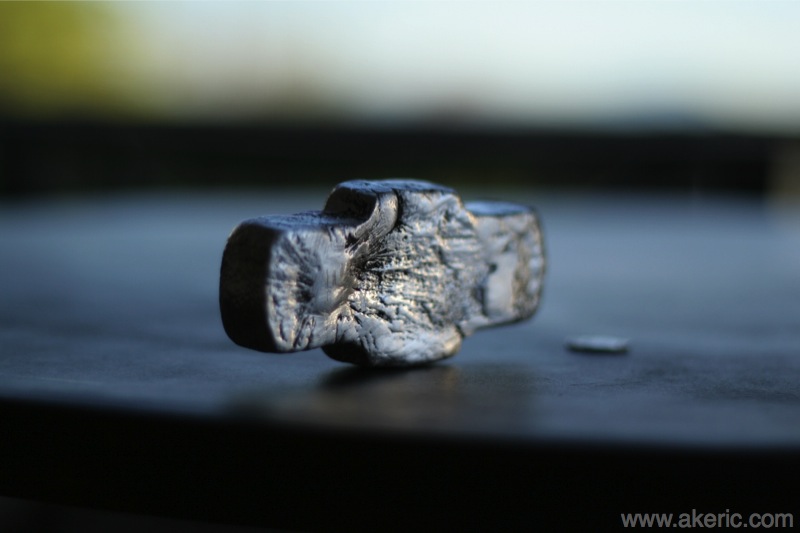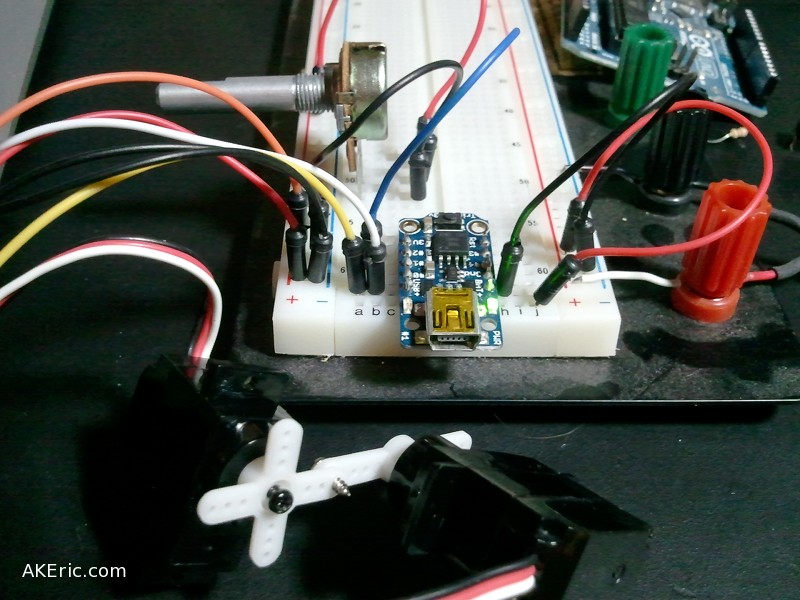CG model -> 3d printed -> metal cast
I’ve had a “dream” for a number of years now to model something in 3d, 3d print it, and cast it in metal. Based on the upgrade from my “flowerpot furnace” and the acquisition of new sand casting greensand, today was my first successful attempt (once again casting my companies logo). I’d previously tried my hand at some “lost PLA casting“, but the end results weren’t satisfactory. And honestly I’d give today’s attempt a C- : Being my first attempt, I had some flaws in my sand cast design, that resulted in defects in the end result. I also learned that if you want to pull off embossed letters like shown, you need to bevel them, or the sand will stick to them upon removal (which is what happened to the S & G) even if using parting dust. Regardless, the cleaned up results with some black paint added gives it a rustic \ worn look. Next attempt I’ll shoot for a solid B 😉
The print itself took about 2hr 15min on my Makerbot Replicator (1), using gray PLA, 200 micron resolution, printed on a glass build plate with blue painters tape. It’s about 13cm across, or just over 5”.



